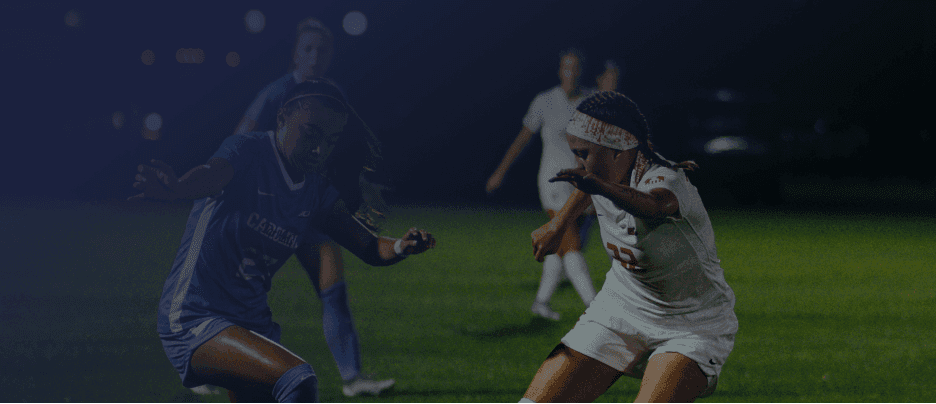Why is Stretching Before and After Exercising Important?

Overview
You’ve probably heard that you should stretch both before and after exercising. But why is stretching before and after a game, practice, or workout so important? Stretching before exercising helps to warm up the muscles and increases flexibility. This helps to prevent injuries while working out. It’s also important to stretch after a exercising to further reduce the risk of injury and help to reduce the amount of soreness in your muscles. In today’s blog post we will be looking further into the importance of stretching, stretches you can do before exercising, and stretches that are done after exercising.
Importance of stretching
Stretching before exercising is important to prepare your muscles to be able to meet the demand that you are putting on them. According to an article by Harvard Heath Publishing stretching before exercise helps to increase the flexibility in the muscles which reduces tightness and muscle injuries. Stretching is done through various poses and exercises that can be done almost anywhere and by almost anyone. Athletes especially should prioritize stretching to be able to perform their best with a smaller risk of injury. Before you workout you should be doing dynamic stretches, stretches where you are moving around, to help warm up muscles. After your workout you should stretch by doing static stretches, stretches where you stay in one place and hold a position, to help cool down and prevent soreness.
Stretches for before exercising
To prepare yourself for your workout, practice, or game it’s important to warm up and stretch. For stretching before exercising its important that you are doing dynamic stretches. Dynamic stretches are stretches where you are moving around and not just stretching in one place. Here are some dynamic stretches that you can do before you exercising.
- Side lunges: These are great at stretching the inner thigh. For this stretch start by placing your feet a little further than shoulder length apart, then bend one knee while keeping the other one straight. Then pivot your body and do the same thing with the other leg. Do around 30 side lunges in total. As you are stretching you should also be moving forward each time you pivot your body.
- Heel walk: These help to stretch your calves. This is a simple stretch of walking on your heels for around 30 seconds.
- Jumping Jacks: These stretch multiple different muscle groups throughout your body. To do a jumping jack start by standing with your feet together and arms at your side. Then jump your legs apart and bring your arms up over your head. Then jump your feet back together and put your arms back at your side. Repeat this motion around 30 times.
Stretches for after exercising
To prevent soreness and injury from working out it’s important to stretch out your muscles after you finish working out. For stretches that are done after exercising they should be static, this means that are they are done in one place and you stay in one position for around 30 seconds or less. Here are some static stretches that you can do after you are done exercising.
- Butterfly stretch: This is stretches out the muscles in your legs. For this stretch sit on the ground, put the bottoms of your feet together, and bring your legs close to your body. Move your knees up and down while you are holding this stretch.
- Over head shoulder stretch: This stretches out the muscles in your arms. For this stretch bring your arms above your head, use your hand to grab your other elbow and pull it gently to the other side with your hand resting behind your head. Hold this position and then do the same for the other side.
- Figure Four stretch: This stretches out the muscles in the lower half of your body. For this stretch lay on the ground, bring one leg towards your chest and bend it so it’s parallel to the ground, place your other leg on your thigh, and use your arms to support the leg that is parallel to the ground. This pose should look like a 4. Hold the pose and then repeat with the other leg.
Learn more

Stay updated!
We'll send you exclusive deals, updates about our events, and progress as we build our platform.
This site is protected by reCAPTCHA and the Google Privacy Policy and Terms of Service apply.